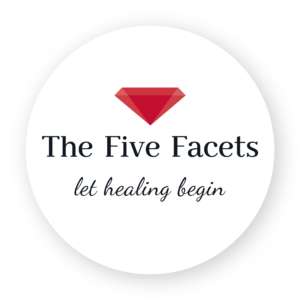Before we can move into the healing phase, we must first recognize the source(s) of our conflict. Sometimes the cause is clear-cut, but quite often these themes overlap, and we discover that we are actually facing loss in several different forms. Acknowledging the presence of these other bereavements allows us to address the many nuances that form our suffering.All forms of misfortune or mayhem that cause us grief–our response to loss–fall into one or more of these five categories: death, despair, disaster, disease, and dysfunction.
The 5 D’s.
Death
Death is often perceived only as the expiration of some tangible, living entity such as a person, plant, or pet. Death, however, is the end of any abstract or tangible body. Therefore, termination of our dreams, hopes, expectations, and ideas, the end to anything as we currently know it, can also stimulate grief.
Despair
Despair is the emotion, feeling, and thought that there is no hope. It is the end of promise and want and desire, which fashions itself into failure, impossibility, and insecurity. Mental stress, distress, or illness in any of its forms is often the driving force behind Despair.
Disaster
Disaster is defined as any destructive event that damages personal property, any circumstance that causes death, unhappiness, hardship, or serious loss. Disaster is attributed to both the personal and the natural.
Disease
Disease is any medical condition not caused by physical injury that produces pathological symptoms, or any disorder that creates specific signs of its presence within the body of humans, plants, and animals.
Dysfunction
Dysfunction is defined as the impaired or abnormal functioning of something, as in an organ. It also means the presence of poor/unhealthy/abnormal attitudes, behaviors, and/or interactions existing within a group of people.
- The Journey of a thousand… Get to know the autonomy between loss, grief, and healing.
- The 5 D’s… Gain insight into the types of loss you’re experiencing.
- The 5 Facets… Find hope in your resources.
- The 5 Steps… A step-by-step guide to aid your journey from grief to healing.
- The Power Mantras… Inspiration to live by.
